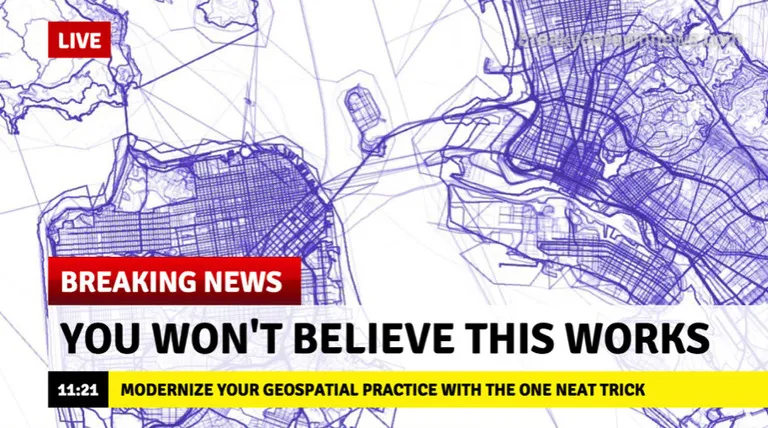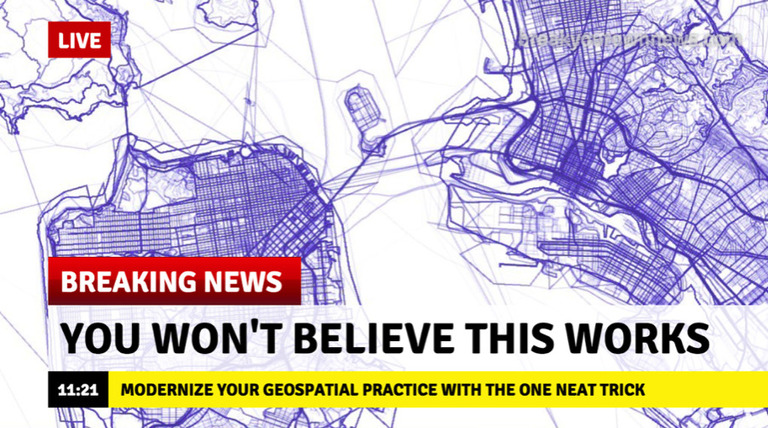How much can you earn in the Geospatial Industry?
Are you considering a career in the geospatial industry? Wondering if you’re making enough money for your age and experience level? Want to know if a startup is better for your career in the long run or a job at one of the biggies? And how much money can you actually make in the geospatial industry?
We took a deep dive into more than 3,500 salary postings by top geospatial companies and startups on Glassdoor, and came up with the answers for you. Read on!
Average salary
According to our research, the average annual income in the location industry is $83,530. If you are gunning for positions like a Specialist or an Engineer, you can expect to make between $54,000-89,500, depending upon your seniority level. The salaries do go up significantly as you gain more years of professional experience. Domain experts, such as Lead Specialists or System Architects, can take home more than $115,000 annually.
If we had to break down the numbers in terms of the various departments you could explore in the geospatial industry, software development comes out to be the clear winner, even at an entry-level position. Working in the marketing department of a location company could also be a good option if you want to start making a decent living early in your career. However, hardcore engineers can rejoice knowing technical prowess will fetch better salaries than marketing skills once you reach an Expert or Managerial level.
When looking at median salaries according to the geography, there are no surprises. Typically, working in a large city translates into more opportunities as well as higher compensation levels. This rule, however, is not etched in stone. We can observe more and more people working remotely and getting paid well too!
Startup or corporation?
Startups offer more competitive compensation than legacy geospatial companies such as TomTom, Trimble, HERE, Esri or Hexagon. On an average, you can earn 36% more in a startup than in a big corporation. And this difference is particularly significant for Geospatial/GIS engineers; startups pay them a whopping 57% more than large organizations.
Final Words
Our research confirms what we had already suspected: Working in the geospatial industry is overall a good career choice, and not only for engineers. Focusing on software development will surely give you the best start. But if you’re a geospatial engineer, you might want to join a startup, especially in the early stages of your career (take a look at our #TheNextGeo series about the coolest geo startups) because large geospatial companies start paying well only when you reach the senior specialist experience level.
Want to learn more about which geospatial company pays the best? Stay tuned for another report from this series!
Methodology
We have analyzed top 15 geospatial startups and companies for which data on salaries where available. Each record has been categorized by department:
{GIS, software, sales, marketing, admin}
and by grade:
{entry, junior specialist, specialist, senior specialist, expert, manager, director}
Our analysis does not take in to account the age of the data available, so the actual results can be somewhat underestimated. The overall distribution of the records according to categories, as visible below, seems to represent the overall organizational structure of companies of various sizes fairly well.
And this is how the geographic distribution of these records looks like:
Are you a GIS professional? Do you agree with our findings? Let us know in the comments below!








